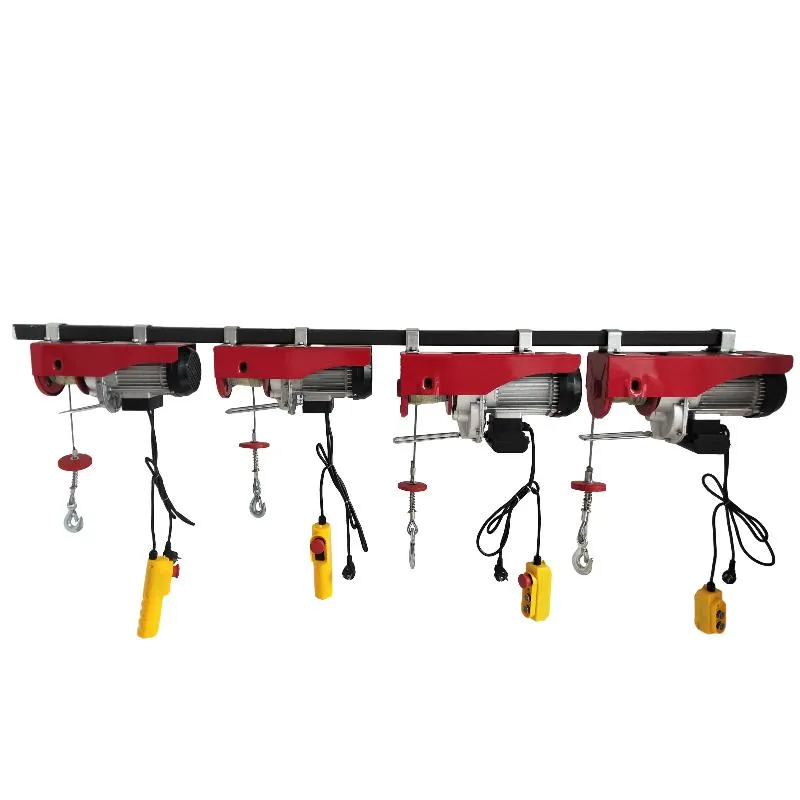


Understanding the Manual Chain Block A Comprehensive Guide to Block 1 Ton
In the world of lifting equipment, the manual chain block stands out as an essential tool, particularly for industrial and construction settings. This article takes a closer look at the manual chain block, specifically focusing on models capable of lifting up to 1 ton. Understanding its construction, operational principles, and advantages can help users maximize safety and efficiency during their lifting tasks.
What is a Manual Chain Block?
A manual chain block, often referred to as a chain hoist, is a mechanical device designed to lift, lower, and move heavy loads using a chain. Unlike electric hoists, manual chain blocks are operated by hand, offering a more labor-intensive but versatile lifting solution. Models that can handle a capacity of 1 ton are ideal for various applications, from construction sites to workshops.
Key Components
A typical manual chain block consists of several key components
1. Chain The primary lifting mechanism, the chain wraps over a series of gears, enabling smooth movement of the load.
2. Hook At the top and bottom of the chain block, hooks are designed to secure the load and attach the hoist to a fixed point.
3. Gear System The hoist operates on a system of gears that multiplies the force applied by the user, allowing for the lifting of heavy loads with relative ease.
4. Brake Mechanism Safety is a paramount concern in lifting operations. Chain blocks are equipped with a brake system that ensures the load remains stable and does not drop unintendedly.
How it Works
To operate a manual chain block, the user pulls on a hand chain, which drives the gears and moves the load upwards. The load is secured at the desired height and can be lowered gradually by releasing the hand chain. The mechanical advantage provided by the gear system means that a user can lift a 1-ton load with considerably less effort than would be required if trying to lift it directly.

Applications
Manual chain blocks are versatile tools in various industries, including
- Construction For lifting heavy materials such as steel beams, concrete blocks, and machinery. - Manufacturing In factories, they can be used to move products along assembly lines or for maintenance tasks.
- Warehousing They assist in loading and unloading goods or repositioning heavy items on shelves.
Advantages
There are several reasons why manual chain blocks are popular among users
1. Cost-Effective Compared to electric hoists, manual chain blocks are generally more affordable, making them accessible for small businesses and personal use.
2. Portability Their lightweight design allows for easy transport between job sites, making them an excellent option for contractors who need to lift in various locations.
3. Simplicity With fewer components than electric hoists, manual chain blocks are easier to maintain and repair, contributing to their longevity and reliability.
4. Energy Independence Since they are manually operated, they do not rely on electrical power. This feature makes them usable in locations without power access or during power outages.
Conclusion
The manual chain block is an indispensable tool for lifting applications up to 1 ton. Its robust design, combined with the mechanical advantage it offers, makes it a popular choice in multiple industries. By understanding how to properly use and maintain this equipment, users can ensure safe and efficient lifting operations, making it a valuable addition to any toolkit. Whether in construction, manufacturing, or warehousing, the manual chain block remains a reliable and effective solution for handling heavy loads.



